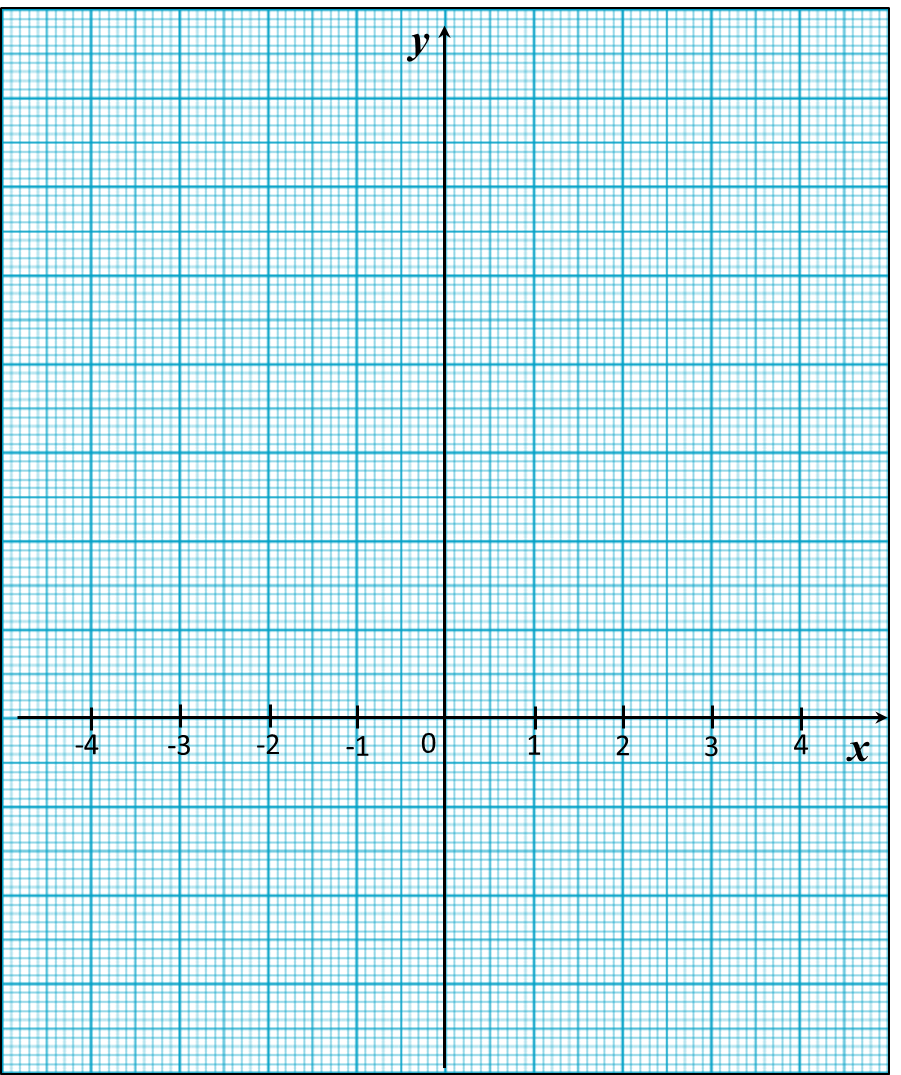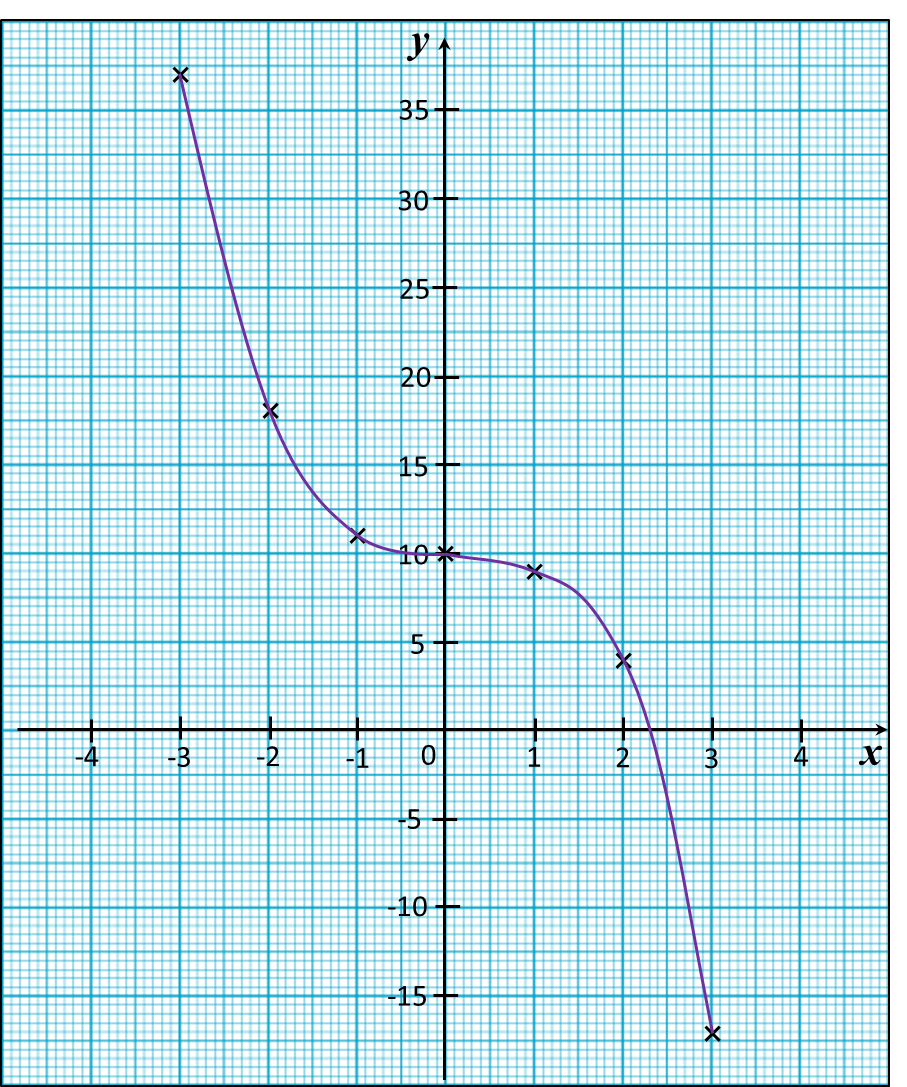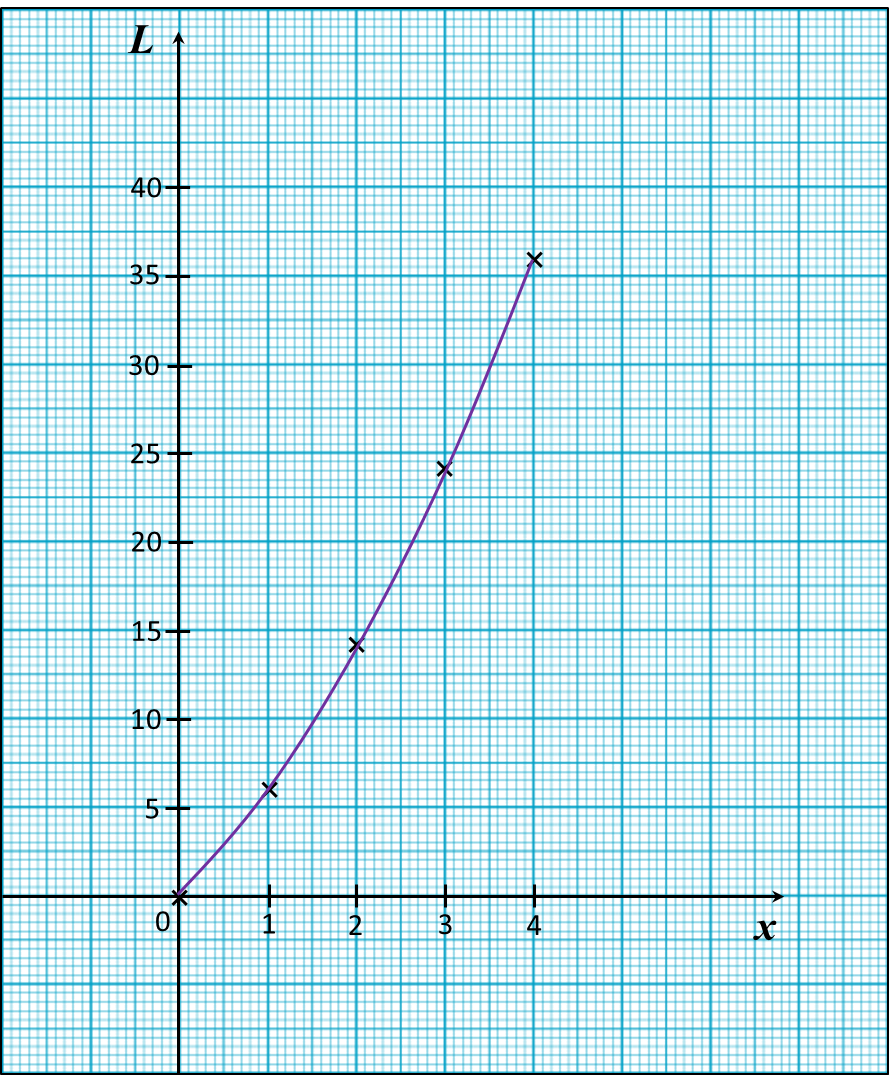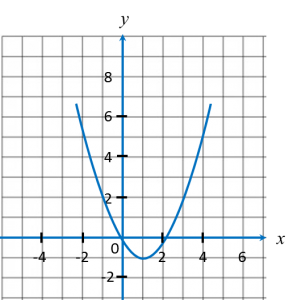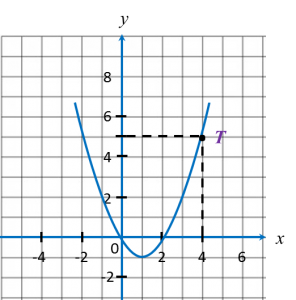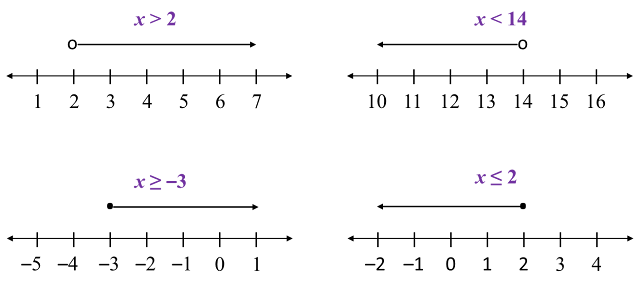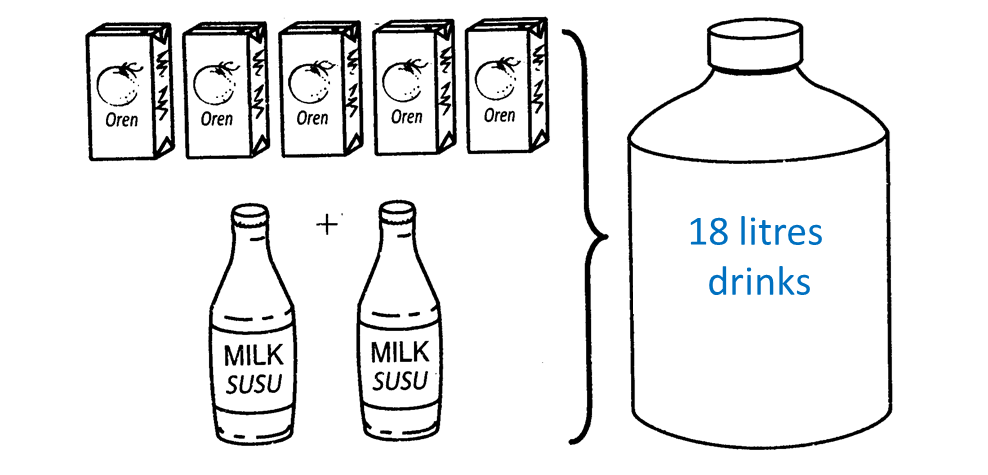Question 1:
The distance from town A to town B is 120 km. A car leaves town A for town B at 11.00 a.m. The average speed is 80 km h-1 .
At what time does the car arrive at town B.
Solution:
Time taken=distance travelledaverage speed=120 km80 km h−1=32 hours= 1 hour 30 minutes1 hour 30 minutes after 11.00 a.m. is 12.30 p.m.
The distance from town A to town B is 120 km. A car leaves town A for town B at 11.00 a.m. The average speed is 80 km h-1 .
At what time does the car arrive at town B.
Solution:
Time taken=distance travelledaverage speed=120 km80 km h−1=32 hours= 1 hour 30 minutes1 hour 30 minutes after 11.00 a.m. is 12.30 p.m.
Question 2:
Kenny drives his car from town P to town Q at a distance of 180 km in 3 hours.
Faisal takes 30 minutes less than Kenny for the same journey.
Calculate the average speed, in km/h, of Faisal’s car.
Solution:
Time taken by Faisal= 3 hours−30 minutes= 3 hours−12 hour= 212 hoursAverage speed of Faisal's car=distance travelledtime taken=180 km212 hours=72 km/h
Kenny drives his car from town P to town Q at a distance of 180 km in 3 hours.
Faisal takes 30 minutes less than Kenny for the same journey.
Calculate the average speed, in km/h, of Faisal’s car.
Solution:
Time taken by Faisal= 3 hours−30 minutes= 3 hours−12 hour= 212 hoursAverage speed of Faisal's car=distance travelledtime taken=180 km212 hours=72 km/h
Question 3:
Rafidah drives her car from town L to town M at an average speed of 90 km/h for 2 hours 40 minutes. She continues her journey for a distance of 100 km from town M to town N and takes 1 hour 20 minutes.
Calculate the average speed, in km/h, for the journey from L to M.
Solution:
Distance=average speed×time takenDistance from L to M=90×24060 =90×223 =90×83 =240 kmTotal distance from L to N=240+100 =340 kmTotal time taken = 2 hours 40 minutes + 1 hour 20 minutes = 4 hoursAverage speed for the journey from L to N=340 km4 h =85 km/h
Rafidah drives her car from town L to town M at an average speed of 90 km/h for 2 hours 40 minutes. She continues her journey for a distance of 100 km from town M to town N and takes 1 hour 20 minutes.
Calculate the average speed, in km/h, for the journey from L to M.
Solution:
Distance=average speed×time takenDistance from L to M=90×24060 =90×223 =90×83 =240 kmTotal distance from L to N=240+100 =340 kmTotal time taken = 2 hours 40 minutes + 1 hour 20 minutes = 4 hoursAverage speed for the journey from L to N=340 km4 h =85 km/h
Question 4:
Susan drives at an average speed of 105 km/h from town F to town G.
The journey takes 3 hours.
Susan takes 30 minutes longer for her return journey from town G to town F. Calculate the average speed, in km/h, for the return journey.
Solution:
Distance from F to G= 105 km/h×3 hours=315 kmAverage speed for return journey=distance travelledtime taken=315 km312 hours=90 km/h
Susan drives at an average speed of 105 km/h from town F to town G.
The journey takes 3 hours.
Susan takes 30 minutes longer for her return journey from town G to town F. Calculate the average speed, in km/h, for the return journey.
Solution:
Distance from F to G= 105 km/h×3 hours=315 kmAverage speed for return journey=distance travelledtime taken=315 km312 hours=90 km/h
Question 5:
Table below shows the distances travelled and the average speeds for four vehicles.
Which vehicles took the same time to complete the journey?
Solution:
Time taken for vehicle A=230115=2 hoursTime taken for vehicle B=250100=212 hoursTime taken for vehicle C=17085=2 hoursTime taken for vehicle D=24560=312 hours
Thus, the vehicles A and C took the same time to complete the journey.
Table below shows the distances travelled and the average speeds for four vehicles.
| Vehicle | Distance (km) | Average speed (km/h) |
| A | 230 | 115 |
| B | 250 | 100 |
| C | 170 | 85 |
| D | 245 | 70 |
Solution:
Time taken for vehicle A=230115=2 hoursTime taken for vehicle B=250100=212 hoursTime taken for vehicle C=17085=2 hoursTime taken for vehicle D=24560=312 hours
Thus, the vehicles A and C took the same time to complete the journey.

